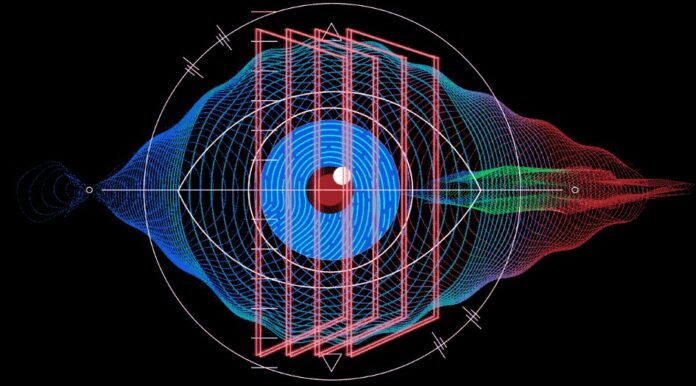Signal decoders play a crucial role in our increasingly digital world. You might not realize it, but every time you watch TV, use your smartphone or even drive your car, you’re benefiting from the work of the decoders.
These tiny devices help translate the complex language of electronic signals into something we can understand and use.
What is a Signal Decoder?
A signal decoder is an electronic device that converts encoded signals into a form that other devices or systems can easily interpret. These signals can appear in various forms, such as digital, analog, or a combination of both.
The decoders translate these signals into understandable outputs, ensuring that devices can communicate effectively with one another. Without decoders, the data transmitted through various channels would remain unintelligible, rendering many modern technologies useless.
Types of Signals
There are several types of signals that decoders can process:
- Digital ─ represents data in binary form, using combinations of 0s and 1s to convey information. These binary codes are the foundation of digital communication, enabling precise and efficient data transmission.
- Analog signals ─ represent data in continuous waves, capturing the nuances of sound and light in a way that digital signals cannot.
- Mixed signals ─ combine elements of both digital and analog formats, allowing for more complex and versatile data transmission.
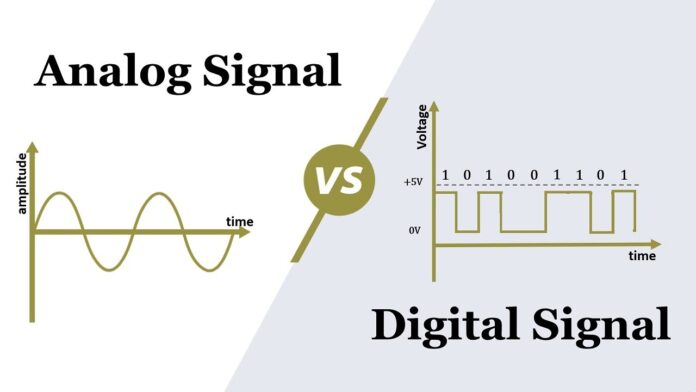

Basic Functionality
The basic functionality of signal decoders involves receiving input signals, processing them according to specific rules, and then outputting the decoded information. This process typically involves several key steps.
First, the decoder receives an encoded signal through its input interface. Next, it analyzes the signal’s format and structure to understand how it is encoded.
The decoder then converts the signal into a readable format that other devices can interpret. Finally, the decoded signal is sent to the appropriate device or system.
Key Components
The key components of a signal decoder include the input interface, processing unit, and output interface.
The input interface receives the encoded signal, ensuring it is captured accurately for processing.
The processing unit is the heart of the decoder, interpreting the signal and converting it into a readable format. This unit uses various algorithms and techniques to decode the signal, ensuring that the original information is preserved.
The output interface then transmits the decoded signal to the appropriate device or system, completing the translation process. Each of these components plays a vital role in ensuring that signals are accurately and efficiently decoded.
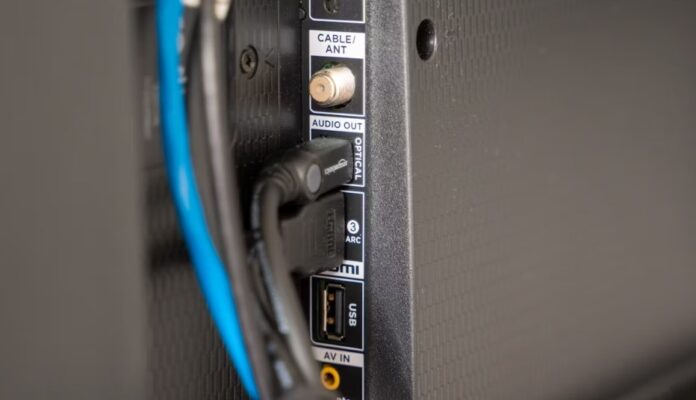

The Decoding Process
The decoding process involves several critical steps, each essential for accurately translating encoded signals. First, the input interface captures the incoming signal, ensuring it is received correctly.
Next, the processing unit separates the signal from its carrier wave, a process known as demodulation. The unit then applies specific rules or algorithms to convert the signal into a readable format. After decoding, the unit checks for errors and corrects them if possible, ensuring the integrity of the decoded signal.
Finally, the output interface transmits the decoded signal to the next stage or device, completing the process.
This detailed decoding process ensures that complex signals are accurately translated into usable data.
Common Decoding Techniques
There are several common decoding techniques used to translate various types of signals.
- Frequency decoding is used for signals where information is encoded in the frequency of the wave. This technique is often used in radio and telecommunications.
- Amplitude decoding, on the other hand, is used for signals where information is encoded in the amplitude of the wave. This method is commonly used in audio and visual transmissions.
- Phase decoding is used for signals where information is encoded in the phase of the wave, often in advanced communication systems.
- Finally, digital decoding is used for binary encoded signals, which are the foundation of most modern digital communication systems.
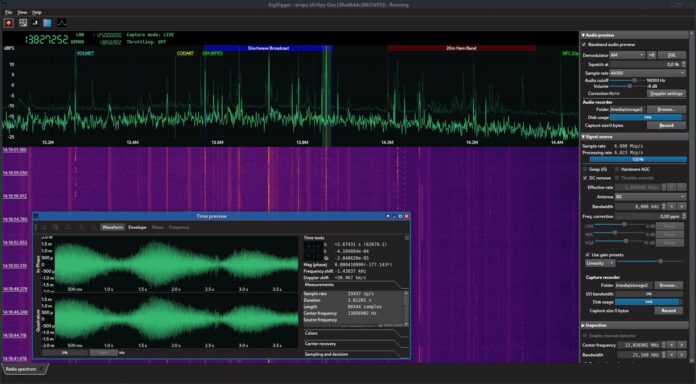

Applications of Signal Decoders
Signal decoders have a wide range of applications in various fields, making them indispensable in our daily lives. In television and broadcasting, for instance, signal decoders convert digital broadcast signals into a format that your TV can display.
This includes decoding signals from cable providers, satellites, and streaming services, ensuring you can watch your favorite shows and movies. In telecommunications, signal decoders ensure that data transmitted over phone lines, cellular networks, or the internet is correctly interpreted and understood.
This enables seamless communication between devices, ensuring you can make calls, send texts, and browse the internet without any issues.
Television and Broadcasting
Signal decoders are essential for modern television and broadcasting. They convert digital broadcast signals into a format that your TV can display, ensuring you can watch your favorite channels and shows.
This includes decoding signals from cable providers, and translating them into the channels you watch. Satellite TV also relies on decoders to process signals from satellites, converting them into viewable content.
Streaming services, such as Netflix and Hulu, use decoders to stream digital content from the internet to your TV or device. Without signal decoders, watching television or streaming content would be impossible, highlighting their crucial role in modern entertainment.
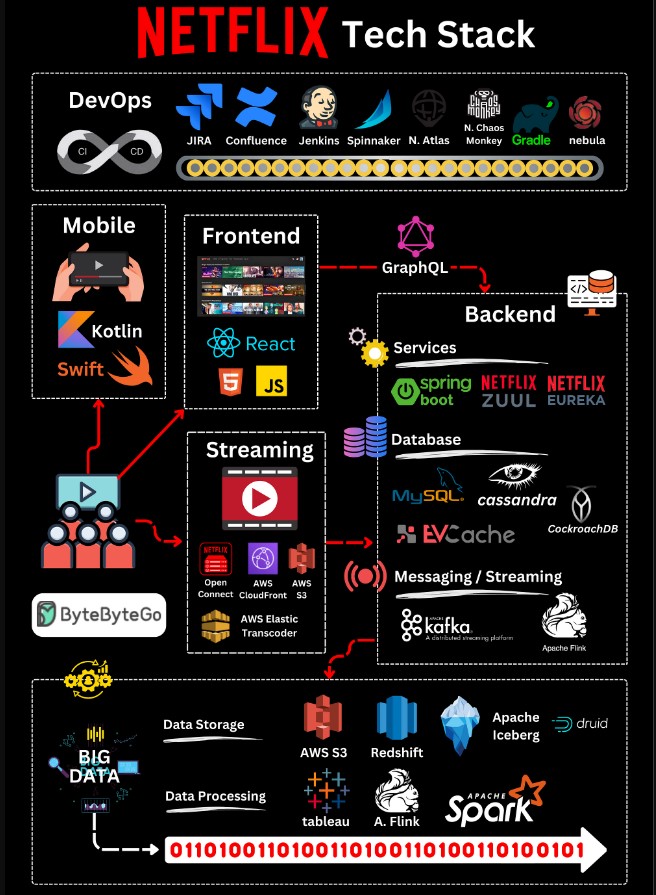

Telecommunications
In telecommunications, signal decoders ensure that data transmitted over phone lines, cellular networks, or the internet is correctly interpreted and understood. Mobile phones, for instance, rely on decoders to convert digital signals into audio and data that your phone can use.
This enables you to make calls, send texts, and use mobile data. Internet modems and routers also use decoders to translate internet signals into usable data for your computer or device, ensuring you can browse the web, stream videos, and more.
Without signal decoders, communication over phone lines, cellular networks, and the internet would be impossible, making them essential for modern telecommunications.
Automotive Industry
Modern vehicles are packed with electronic systems that rely on signal decoders to function properly.
GPS navigation systems, for instance, use decoders to convert satellite signals into location data, helping you find your way. Infotainment systems rely on decoders to process digital signals for audio and video playback, ensuring you can listen to music and watch videos.
Safety systems also use decoders to interpret signals from sensors and cameras, enabling features like automatic braking and lane departure warnings. Without signal decoders, many of the advanced features in modern vehicles would be impossible, making them crucial for automotive technology.
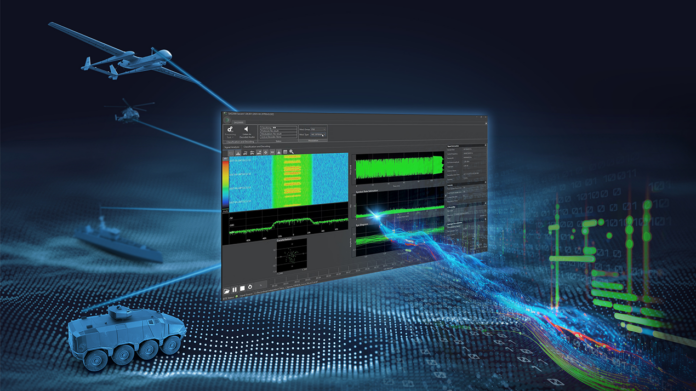

Consumer Electronics
From smart home devices to personal gadgets, signal decoders are at the heart of many consumer electronics. Smart speakers, for instance, use decoders to translate voice commands into actions, allowing you to control your home with your voice.
Wearable devices, such as fitness trackers and smartwatches, rely on decoders to process data from sensors and transmitters, helping you track your health and fitness.
Gaming consoles also use decoders to convert digital game data into playable content, ensuring you can enjoy your favorite games. Signal decoders are essential for many of the consumer electronics we use every day, enabling them to function properly.
Industrial and Medical Applications
In industrial and medical fields, signal decoders play a critical role in various applications. Industrial automation systems, for instance, use decoders to translate signals from sensors and control systems, ensuring machines operate correctly.
Medical equipment, such as diagnostic machines and imaging devices, rely on decoders to convert data into readable results, helping doctors diagnose and treat patients.
Without signal decoders, many of the advanced technologies used in industrial and medical fields would be impossible, highlighting their importance in these critical areas.
The Bottom Line
As technology continues to advance, the importance of signal decoders will only grow. From enhancing communication and efficiency to ensuring compatibility and paving the way for future innovations, signal decoders are essential to modern life.

